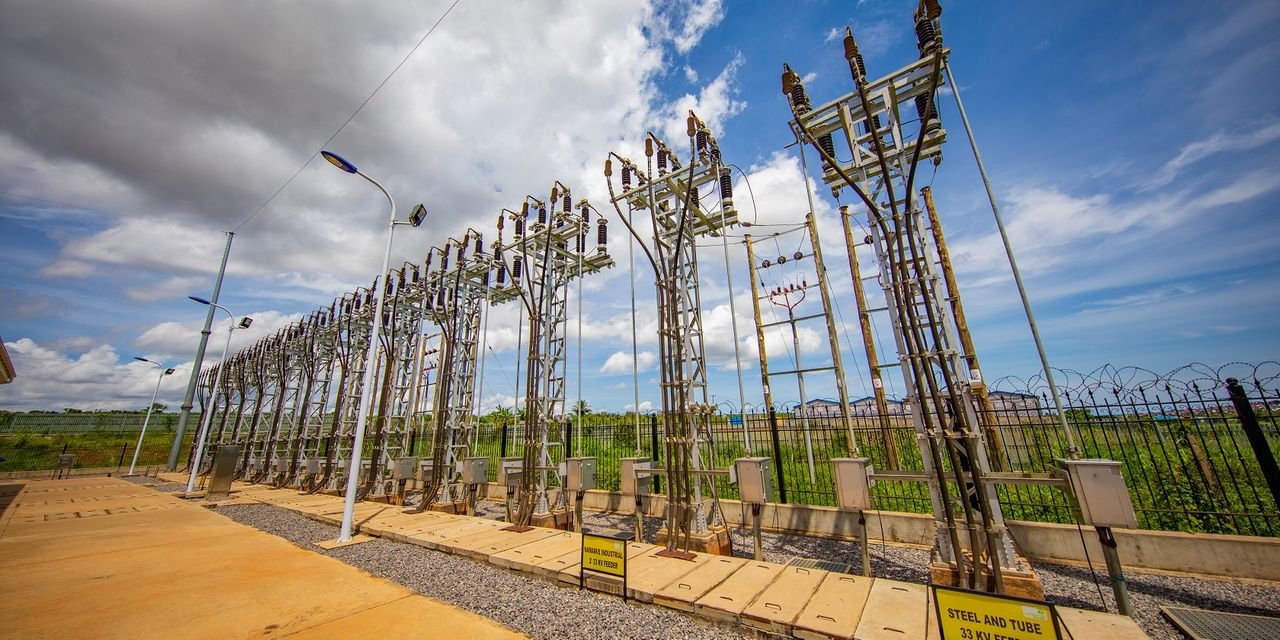The electricity distribution network, according to Umeme, has grown from 16,000 kilometres in 2005 to more than 44,000 kilometres. PHOTO | COURTESY What you need to know:
Across the country transformer numbers have more than doubled, growing from 6,000 in 2005 to 14,000, which represents a growth rate of 133 percent
Much of what was available was limited to Kampala and town centres with many Ugandan giving in to available alternatives, many of which relied on paraffin. Even solar was inaccessible due to cost.
The electricity network was just 16,000 kilometres. This meant that night came early for many homes in rural Uganda and the dream of an improved livelihood was only a mirage.
However, year’s later power has reached many parts of Uganda with a network that currently covers more than 44,000 kilometres.
The transformation has been massive, providing various alternatives such as solar in areas were access has not been availed yet.
Across the country transformer numbers have more than doubled, growing from 6,000 in 2005 to 14,000, which represents a growth rate of 133 percent. Distribution capacity has also improved to 1,900 MVA from 550MVA during the period.
Energy losses have reduced from 38 percent to 17 percent while customer numbers have grown from 292,237 in 2005 to 1.52m as of June 2021.
However, the numbers are still looking small in comparison to the population. But even then, distribution capacity has improved from 50 per cent to 85 percent and this has not been without planning and investment.
According to Umeme’s financial reports, at least $700m (Shs2.5 trillion) has been invested in the distribution network since 2005 to ensure delivery of safe, efficient, and reliable electricity.
This has resulted into improved access, boosting manufacturing and innovation driven by the internet and information communication technology.According to the International Financial Corporation – the private sector arm of the World Bank – whereas there has been visible progress over the last 10 years, there is more that is still needed to achieve access for the majority or for all in that matter.Bernadette Tabeko, the investment officer infrastructure, sub-Saharan Africa at the World Bank, says Uganda has had some an exemplary utility investment model, adopting the finance and build approach to establish a sustainable energy sector.“Uganda was a pioneer in sub-Saharan Africa when it comes to private sector investment in energy and making the power sector financially sustainable,” she says.Public private partnerships, she says, are often necessary to achieve […]
